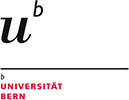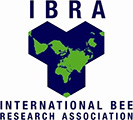|
During the 2000s, the problem of pesticide poisoning of honeybees seemed to be almost solved. The number of cases has decreased in comparison to the 1970s. The problem of acute honeybee poisoning, however, has not disappeared, but instead has transformed into a problem of poisoning from ‘traditional’ pesticides like organophosphorus pesticides or pyrethroids, to poisoning from additional sources of ‘modern’ systemic neonicotinoids and fipronil. In this article, the biological activity of pesticides was reviewed. The poisoning symptoms, incident definitions, and monitoring systems, as well as the interpretation of the analytical results, were also reviewed. The range of pesticides, and the detected concentrations of pesticides in poisoned honeybee samples, were reviewed. And, for the first time, cases of poisoning related to neonicotinoids were reviewed. The latter especially is of practical importance and could be helpful to analysts and investigators of honeybee poisoning incidents. It is assumed that secondary poisoning induced by plant collected materials contaminated with systemic pesticides occurs. Food stored in a hive and contaminated with systemic pesticides consumed continuously by the same generation of winter bees, may result in sub-lethal intoxication. This leads to abnormal behaviour identified during acute intoxication. The final result is that the bees discontinue their social role in the honeybee colony super organism, and colony collapse disorder (CCD) takes place. The process described above refers primarily to robust and strong colonies that were able to collect plenty of food due to effective plant protection. |
|
Kiljanek, T., Niewiadowska, A., Posyniak, A., 2016. Pesticide poisoning of honeybees: a review of symptoms, incident classification, and causes of poisoning. Journal of Apicultural Science, 60(2), 5–24. |
| https://doi.org/10.1515/jas-2016-0024 |









